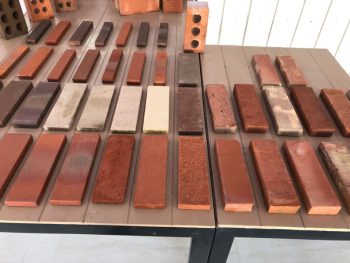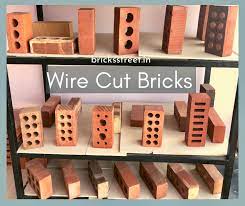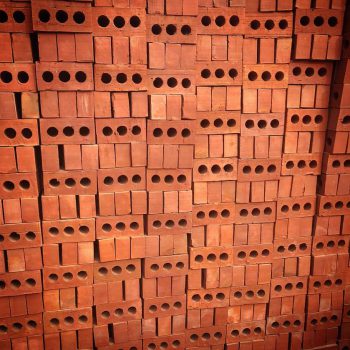Exploring the Difference: Regular Red Bricks vs. Wire Cut Bricks
When navigating the vast landscape of construction materials, the choice between regular red (clay) bricks and wire cut bricks becomes a pivotal decision for builders, architects, and homeowners alike. Each type offers unique benefits and characteristics suited to different construction needs. Understanding these differences can guide you in making an informed choice for your next project. Let's dive into what sets these two brick types apart.
Regular Red (Clay) Bricks: The Traditional Choice
Regular red bricks, the quintessence of traditional construction, are made by molding clay into rectangular shapes and then baking them in a kiln. This process imparts a distinctive red color, though shades can vary based on the clay's composition and the firing technique. These bricks are celebrated for their classic aesthetic, contributing a warm, timeless look to buildings.
Benefits:
Aesthetic Versatility: The natural variations in color and texture add character to structures.
Thermal Insulation: They provide excellent natural insulation, keeping interiors cooler in summer and warmer in winter.
Sustainability: Made from natural materials, they are eco-friendly and recyclable.
Wire Cut Bricks: Precision and Modernity
Wire cut bricks, on the other hand, are manufactured using a more contemporary method. Clay is extruded through a die to form a long, continuous column, which is then sliced into individual bricks using a wire cutter. This process results in bricks with a more uniform shape and size, along with a distinctive texture that's smoother than that of regular red bricks.
Benefits:
Consistency and Precision: Their uniform size and shape facilitate easier, faster laying with more consistent joint thickness.
Modern Aesthetics: The smooth finish and sharp edges lend a modern look to constructions.
Strength and Durability: Wire cut bricks are generally denser, making them stronger and more resistant to moisture absorption.
Key Differences at a Glance
Traditional Bricks - Bricks Street's Legacy
Manufacturing Process: Regular red bricks are kiln-fired from molded clay, while wire cut bricks are sliced from extruded clay columns.
Appearance: Regular bricks offer a classic, varied look; wire cut bricks provide a modern, consistent appearance.
Texture and Edges: Regular bricks have a rougher texture and more irregular edges compared to the smooth texture and sharp edges of wire cut bricks.
Installation and Use: Wire cut bricks often result in a more streamlined construction process due to their uniformity, making them suitable for both structural and aesthetic purposes in modern architecture.
Making the Right Choice
Your selection between regular red bricks and wire cut bricks should align with your project's specific requirements—be it the visual appeal, structural integrity, or ease of installation. Regular red bricks bring warmth and character, ideal for traditional or rustic designs. Conversely, wire cut bricks offer a sleek, precise option for contemporary projects, emphasizing strength and efficiency.
In the evolving BRICKSSTREET of construction materials, understanding the nuances between different brick types empowers you to lay the foundation for a project that not only stands the test of time but also reflects your vision with integrity.




Comments
Post a Comment